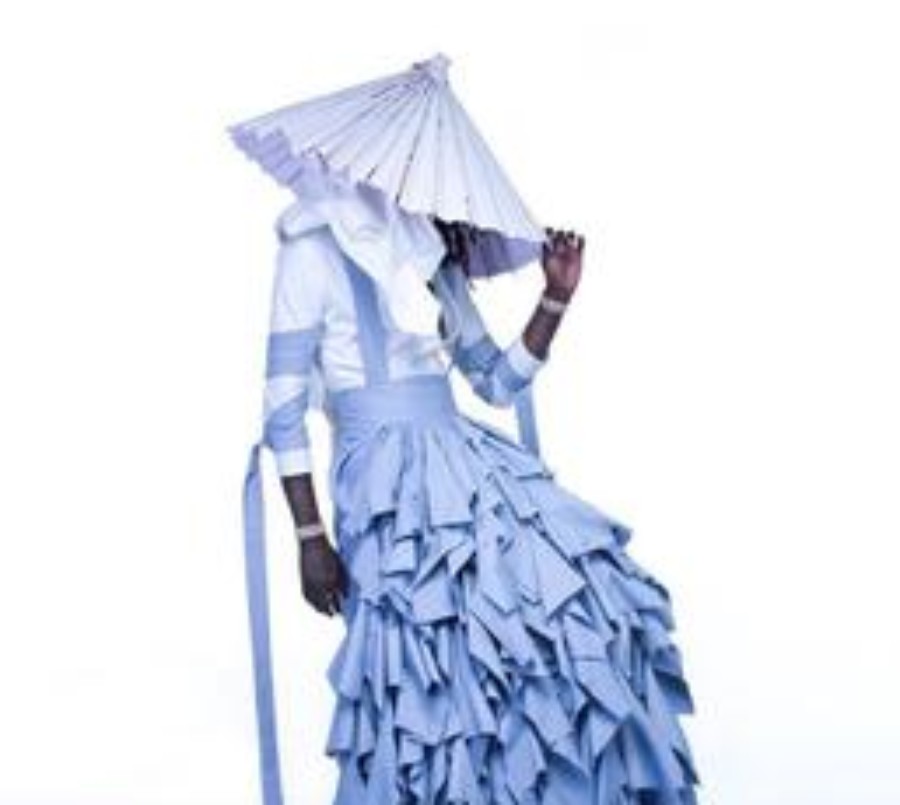
While white male celebrities like Harry Styles and Timothée Chalamet are praised in the media for embracing femininity through their clothing, Black people have long been at the forefront of challenging traditional views surrounding gender expression.
Icons like Prince and Lenny Kravitz are famous for blurring the boundaries of masculinity and femininity. Prince redefined the image of rock-n-roll by wearing bright colors and sequins on stage, while his rockstar counterparts sported black ripped jeans. For years, Kravitz has also challenged the binary by wearing heels, purses and blouses to events and in his personal style.
Frank Ocean, Tyler, the Creator, Jaden Smith, Kanye West, Kid Cudi, Playboi Carti, Young Thug, Kendrick Lamar, Andre 3000 – the list goes on. Today, the number of Black artists pushing the bounds of gender norms is virtually endless.
Ocean shared how his musical predecessors have inspired his identity and expression. “[Prince] made me feel more comfortable with how I identify sexually simply by his display of freedom from an irreverence for obviously archaic ideas like gender conformity,” Ocean said.
The history of Black artists bending the binary runs deep, and arguably, the impact of their unwillingness to conform runs even deeper.
Unlike Styles and Chalamet, many of these Black male artists have largely male fanbases, which many have claimed makes the impact of their decision to question gender norms more significant.
One of the most iconic moments in recent rap history was Young Thug’s 2016 release of his mixtape “JEFFREY” on the cover of which he wore a dramatic dress designed by Italian designer Alessandro Trincone. Considering the hypermasculinity rap is so often associated with, Thug’s choice was controversial but significant.
Senior Kris Basnet is a fan of rap music as well as Thug and offered his take on Thug’s position in the genre. “I like how he is not trying to fit into the social norm but trying to get outside of that box,” he shared. “He is an artist that makes good music, and if this is a way for him to express himself and his artistic self, I’m all for it.”
While on one end, Thug has redefined what it means to be a straight male and has claimed to not believe in gender, this progressive message about gender expression falls short in his lyricism. “JEFFREY” along with Thug’s other projects include misogynistic lyrics, putting the validity of his efforts to push the bounds of the binary into question.
At times, it seems that artists like Thug are essentially saying one thing and doing another, but to them, perhaps it is all about the attention.
On the other hand, many feel the resistance to gender conformity of Black artists like Steve Lacy and Frank Ocean comes from a much more authentic place as both artists identify themselves as part of the LGBTQ+ community.
Lacy’s music and style reflect his identity, which he best describes in his song “Like Me,” singing, “I only feel energy, I see no gender.” Similarly, Ocean has expressed his identity through songs like “Chanel” where he sings, “I see both sides like Chanel” when referencing who he is attracted to.
Both artists have gone beyond music to express their identities, with Lacy using clothing to display his defiance towards gender norms. On private instagram account @fitvomit, Lacy posts an assortment of looks, wearing everything from skirts to heels in a variety of patterns and colors.
Senior Lauren McGovern is a huge fan of Lacy and follows his music as well as his other ventures, like fashion. “As a bisexual man who struggled with his identiy, he wrote songs about coming to terms with himself,” she said. “In wearing clothing that can be perceived as feminine…Steve Lacy and other artists he has worked with defy gender norms and make music for everyone to enjoy.”
Whether it be straight, Black, male rappers challenging hypermasculinity within a male-dominated genre or Black, LGBTQ+ artists exploring their sexualities through their music and fashion, an important message is being sent to these artists’ fanbases. They are showing that clothing and gender can indeed have a fluid relationship, a message that resonates with young people across the country and world.








